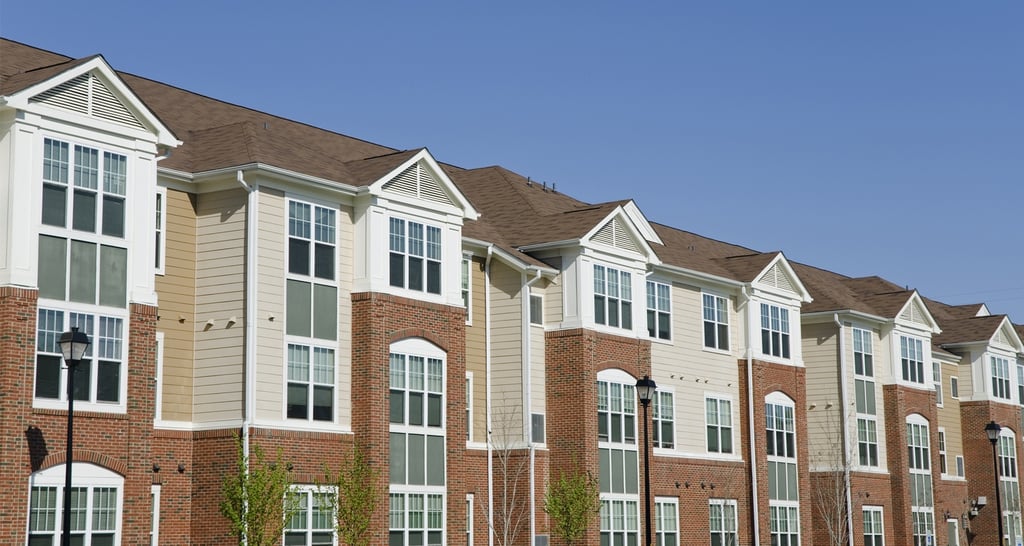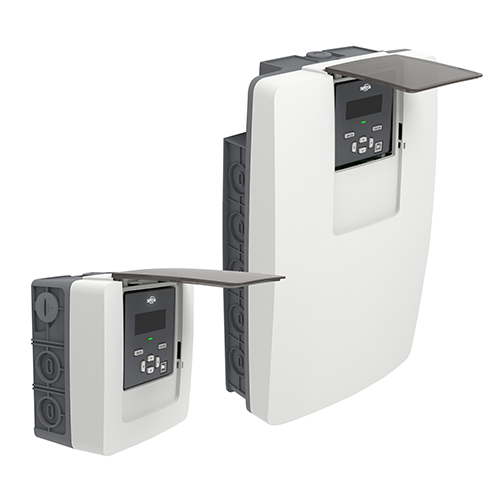
Energy management is a growing practice among companies that operate large buildings, campuses, and other complex facilities. Successful energy management requires detailed information on how energy is being used. However, this valuable information is not available in facilities being actively monitored. For effective energy management, facility engineers need to understand exactly how and where energy is being consumed on their properties.
Energy efficiency is the first step in achieving sustainability in buildings and helps to control increasing their energy costs while reducing their environmental footprint. An energy management system (EMS) or building automation system (BAS) can provide metering, submetering and monitoring functions that allow facility managers to gather data that allows them to make more informed decisions about energy use.
What is Electrical Submetering?
Electrical submetering involves the installation power meters (also called power monitors, electrical meters, or energy monitors) that can measure energy usage after it reaches the primary utility meter. Submetering offers the ability to monitor energy usage for individual tenants, departments, pieces of equipment or other loads to account for their actual energy usage.
The Benefits of Submetering
- Accurate energy monitoring, real-time energy consumption
- Granular in-depth review of facility energy data
- Better informed to make decisions that can help optimize energy performance
- Ability to record actual energy usage (no estimates)
- Comparison of usage across similar facilities over time
- Ability to identify and eliminate wasted energy
- Early access to maintenance issues for repair before critical equipment fails
Common Submetering Applications
Peak Demand Management
One of the easiest ways to lose control of electricity costs is by what utilities refer to as "peak demand" charges. In this situation, a utility provider will charge a greater cost per kWh when demand is greater in order to prevent all consumers from maximum consumption during these peak times. The utility company argues that the grid must be able to support each customer's max consumption, therefore the grid must be built in order to support each customer getting charged based on their max kW rate.
By increasing the cost per kWh, consumers will shift their usage to off-peak and reduce the chance that the grid reaches dangerous capacity levels. Submeters allow the end-user to receive detailed consumption information, which allows the customer to avoid cost increases with time-of-usage billing and to take advantage of off-peak rates.
Tenant Submetering
In non-submetered commercial and residential buildings, tenants are typically billed on square footage of rented space. In this scenario, the landlord receives an electrical bill for the entire facility and bills each tenant based on the amount of space they rent. The problem here is that tenants are not billed based on consumption behavior, but rather they are billed based on the total consumption of the rest of the tenants.
Tenant submetering allows each tenant to be billed only for the energy consumed within the rented space. Revenue-grade power meters are accurate enough to be used for billing purposes and can be installed at each tenant location. By holding tenants responsible for their personal consumption, they will be more likely to reduce their electricity usage habits and lower the buildings overall electricity consumption.
Energy Cost Allocation
When rising energy costs and a greater emphasis on energy efficiency, all types of facilities are looking to better understand their consumption and what is driving increased electrical bills. Submetering gives the user the ability to monitor individual pieces of equipment so that energy costs can be allocated to different departments and processes. By using this data, building managers has a better understanding of the who is using the most energy and where it's being used so corrective actions may take place.
Interested in submetering your building or facility? CLICK HERE to learn more about Setra's line of networked power meters.



